F1: Going The Distance
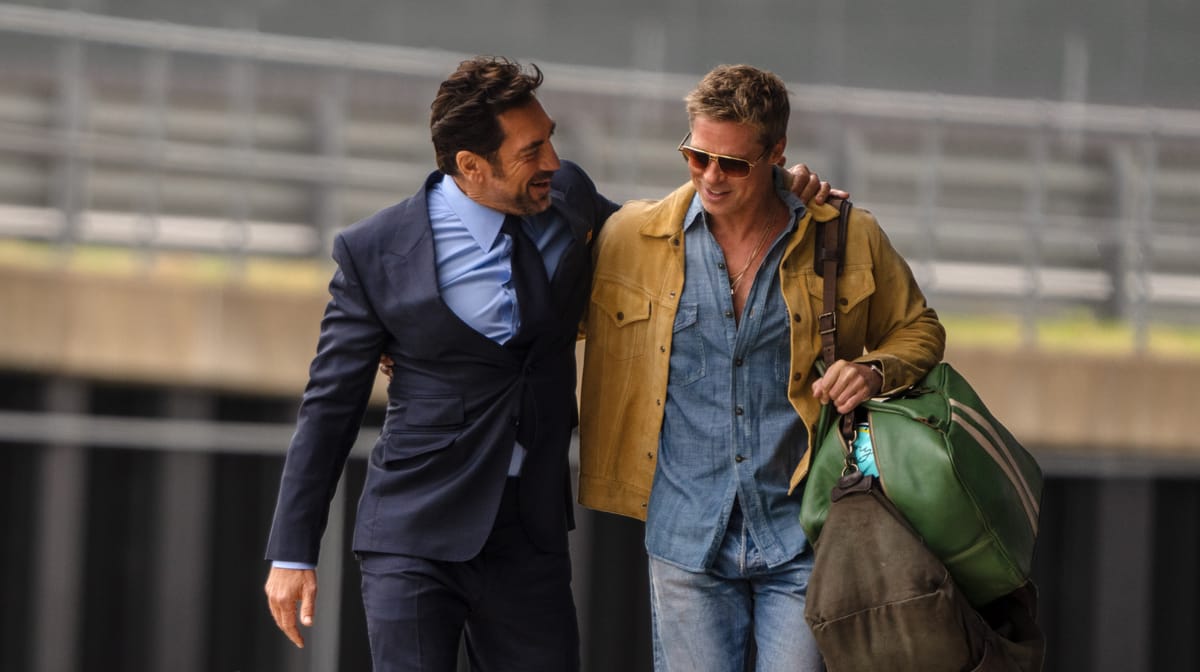
It may seem like an easy target, but it is hard to avoid comparing Joseph Kosinski to the late Tony Scott. Scott followed up the original Top Gun with Days of Thunder, a film widely critiqued on release for feeling largely like a cheaper version of Top Gun with cars. Kosinski is following up his work on Top Gun: Maverick with F1, translating his previous high octane, adrenaline-fueled thrills to squealing rubber on asphalt. In Kosinski's favor, there are a lot more thrills baked into the rocket powered action of F1 racing than there are in the stock car jockeying of NASCAR. It's still not enough to prevent F1 from generating a similar feeling that Days of Thunder does, that you're getting something of a watered-down successor to a previous work. Past their prime adrenaline junkies stuck in a rut are called back to action and asked to do the impossible, forced to reconcile with their pasts in order to overcome the mammoth tasks ahead of them.
In F1, the role of Maverick is played by Sonny Hayes (Brad Pitt), a former F1 racer whose career ending crash has haunted him for decades. Now he bums around the country in an aging camper van, joining any lower circuit racing team that will have him, racing for a quick paycheck just to be out on the track. His chance to return to the upper echelon of racing comes when former racing partner turned racing investor Ruben (Javier Bardem) asks for his help, his F1 team earning zero points over the course of several seasons and now on the brink of insolvency. With nine races left in the season, it establishes a clear path for the film's narrative, a predictable redemption arc for aging Sonny to make his way to the Formula 1 glory he never reached in his youth. The problem is that the film is less interested in Sonny's redemption arc than it is in protecting Ruben's investment.
As if expecting you to simply assume Sonny's position so it can move on to other things, the film quickly attaches a specific value to Ruben's financial hole – $350 million, an absolutely unfathomable number that's indicative of the largest issues with the film's narrative goals and the way it orbits around corporatism and sponsorship. F1 backseats its emotional core to center around the money, a majority of the film swirling around ambiguity like the team's board and their threats to sell the team if they can't find any success in the season's remaining races. In the final act, the crux of Sonny's motivation to race in the Abu Dhabi Grand Prix comes from the sly machinations of Tobias Menzies, the only board member ever given a physical presence, whose plan was to intentionally tank the team to force a sale to line his pockets.
It's hard to care about any of it, a sport like F1 is so feverishly driven by an absolutely unimaginable amount of wealth that the stakes never even feel tangible, and the potential loss here hinges on a character that's introduced driving up to a shabby laundromat in a million-dollar sports car wearing a Gucci suit. So what's the potential fallout of any of this? None of it is ever presented as being truly worth saving or protecting, and so the stakes lie solely on wanting Sonny Hayes to win a race; but given the distinct lack of personality this film holds, it's hard to feel invested in that either. Everything is just going through the motions, characters moving through spaces guided by every expectation you would ever have of a sports film.
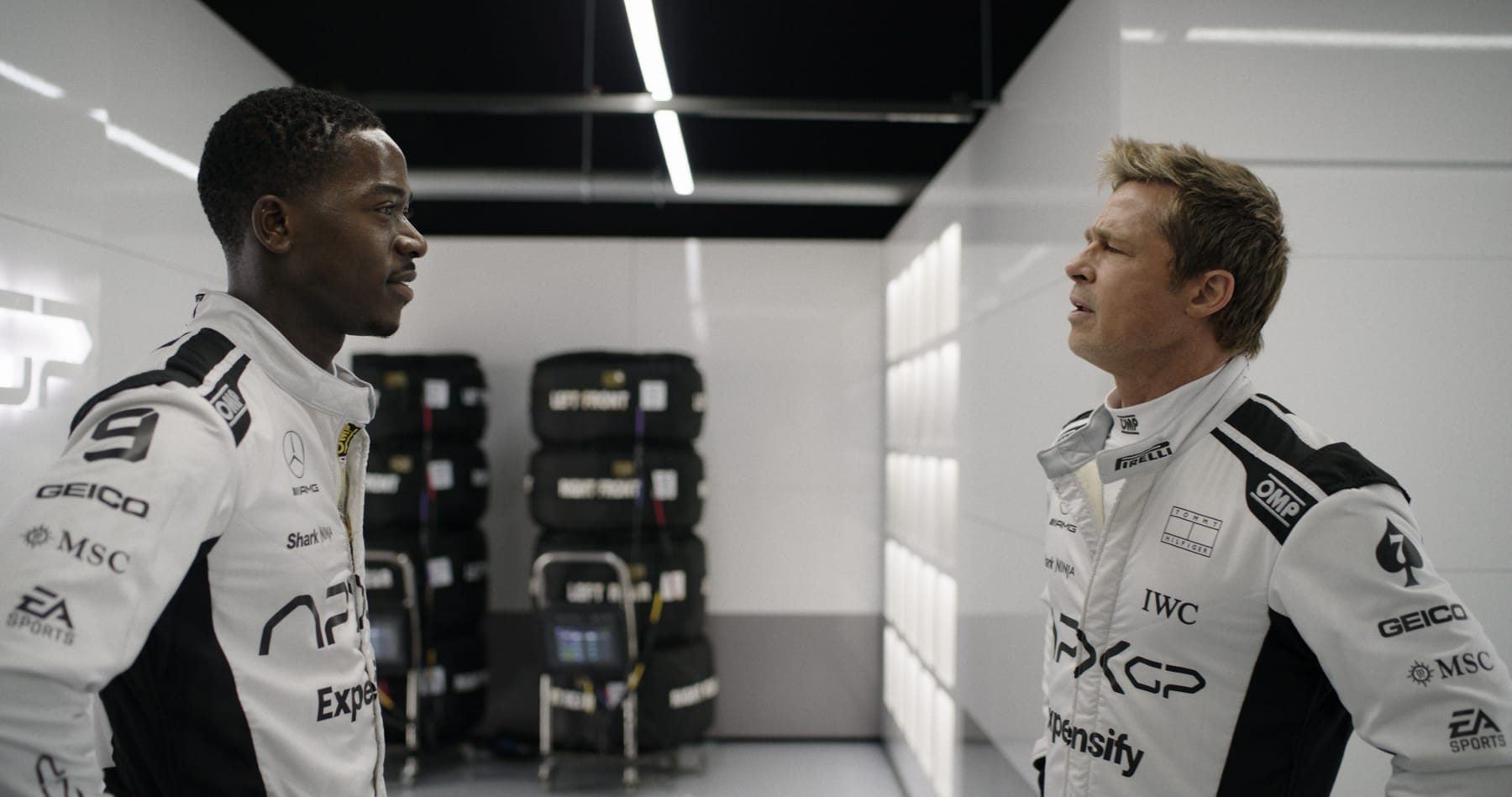
The blend of reality and fiction also leaves a lot to be desired, going through the motions of a real F1 season and name dropping an endless barrage of F1 stars who are driving next to the protagonists, but all of the central characters and the APX GP team they race for is entirely fictional. It creates something of a gap in the fabric of the film, where shooting on location during real F1 events creates an incredibly tactile reality that is constantly being undercut by the film's focus on vehicular "combat," a series of schemes cooked up by Sonny Hayes where he deliberately and repeatedly sabotages races to put himself and his teammate Joshua Pearce (Damson Idris) in scoring position. As clever as it is and as enjoyable as it is to behold, how glaringly obvious it is that this degree of blatant disregard for safety would never fly on an actual racetrack creates a real rift. Nothing in this film needs to be believable, but by placing it squarely within real world boundaries, it creates a scope that's difficult to escape. If we were to focus more on this, it could really make the film shine, underdogs playing a sort of racetrack version of moneyball where pliable rules are bent until the tide shifts in their favor; but again, this isn't the direction anything goes in, because we're still trying to hit every traditional script beat possible.
The rivalry between the experienced Sonny Hayes and his upstart younger teammate Pearce hits all the beats; snarky jabs fly back and forth as banter, friction on the racetrack causes rifts between them as they continually disagree on how to approach their races, a critical moment causes a racetrack accident, eventually they're forced to sit together and attempt to reconcile their differences until they finally both impart some useful wisdom onto each other. It's all perfectly fine, Pitt and Idris are both charming enough to carry the easygoing sports movie vibe it needs, it just lacks punch, never finding the same level of energy in the personal drama that can be found in the racing sequences. This is especially true of the film's less than half-baked romance between Hayes and the team's technical director Kate McKenna (Kerry Condon). Condon is operating on a level beyond everyone else hitting perfectly adequate expectations, a true star let down by a script that doesn't really have any interest in her as a character.
It's an easy movie to pick at because it all feels so rote and familiar, hollow characters and underwritten narratives, but it does deliver on being a bone-rattling theatrical experience full of adrenaline and high-octane thrills. If Kosinski established anything with Top Gun: Maverick, it was his ability to construct these kinds of supersonic sequences with verve, putting you in the cockpit while a rocket powered vehicle rips through the air around it. When the cars hit the track, F1 is a blast, squealing rubber and roaring engines tearing around tracks, replete with cockpit whip pans and low angle asphalt shots showcasing the tremendous speed at play, ratcheting up the tension with every turn. It's a shame that none of this lingers, stuck instead with an overly long film full of cheap tropes and empty characters. At least Tony Scott couldn't resist flooding his films with earnestly romantic sweat-laced stylization – Kosinski is sorely missing it.


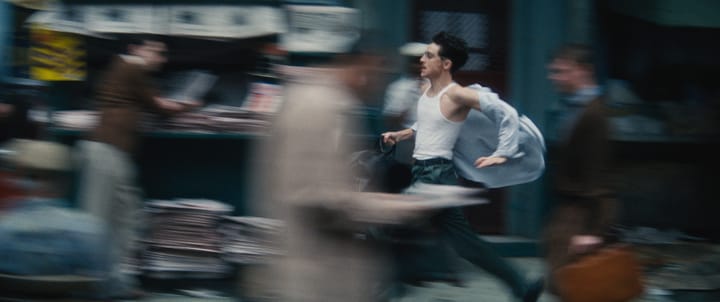
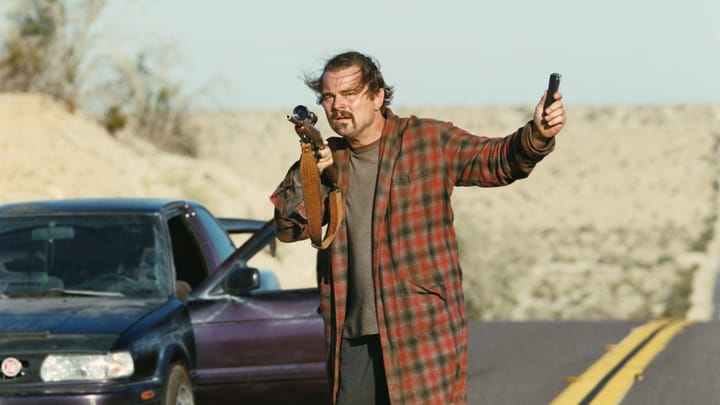
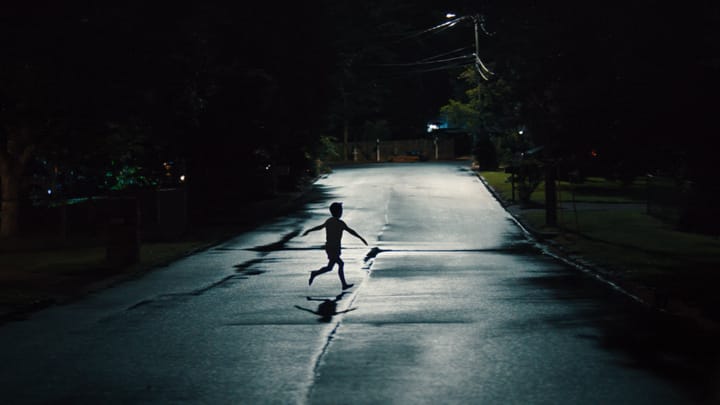
Comments ()